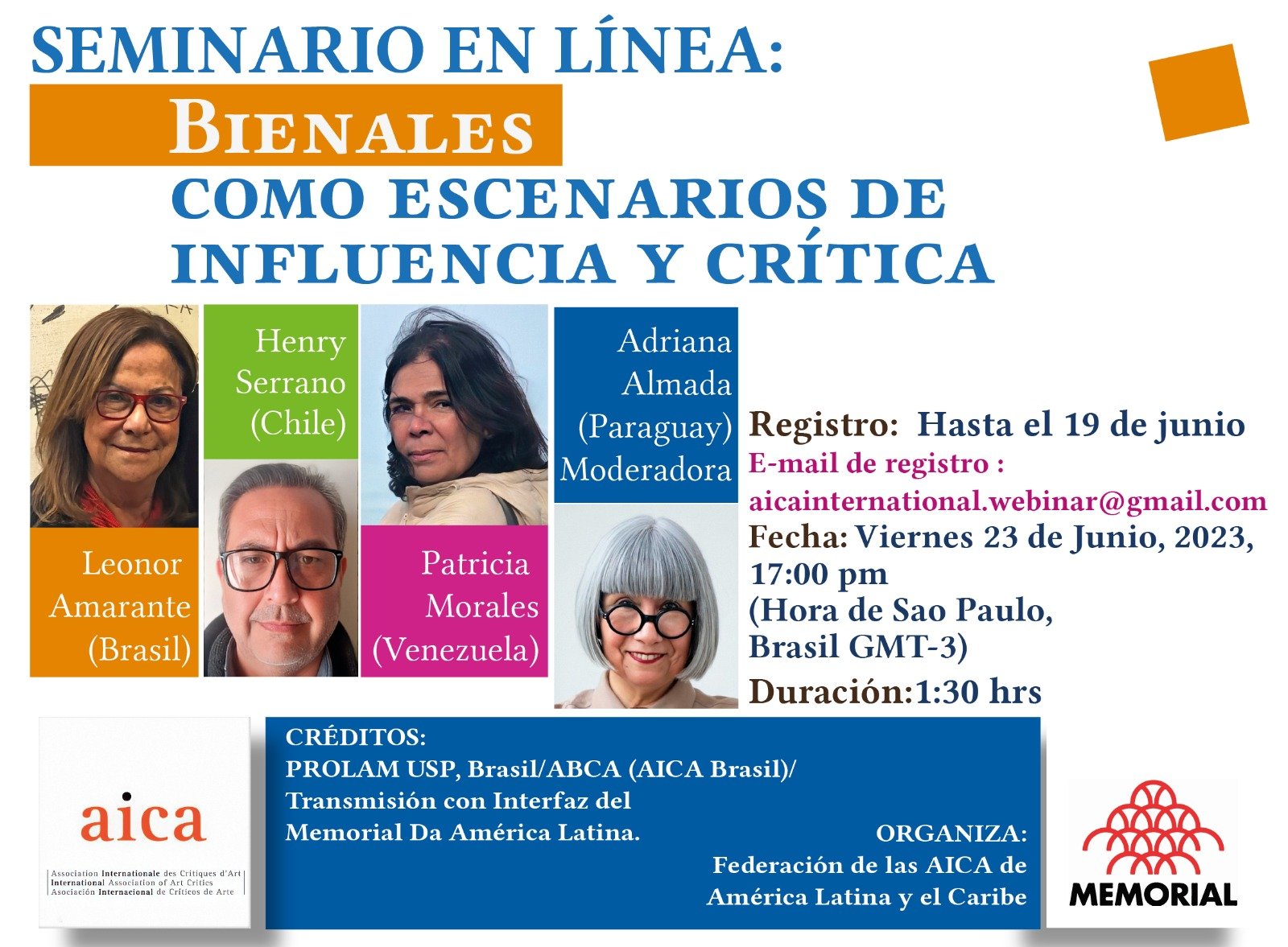Dear Colleagues,
AICA’s Committee on Censorship and Freedom of Expression wishes to register its protest with the Kiran Nadar Museum of Art (KNMA), in New Delhi, for the arbitrary dismissal of Sandip K. Luis, Manager of Curatorial Research and Publications. Mr. Luis’s job was terminated in response to a publication on social media in which he criticized India’s prime minister Narendra Modi, whose Hindu nationalist policies have been widely condemned by representatives of civil society, as well as denouncing Kiran Nadar’s complicity with the PM’s extremist positions.
Mr Luis’s Facebook post was prompted by an exhibition organized by India’s Ministry of Culture in collaboration with the National Gallery of Modern Art (NGMA) to celebrate the 100th episode of a radio show hosted by Mr Modi. The posted message expressed concern that the participating artists, curators and Kiran Nadar, as advisor to the exhibition, were allowing contemporary art to be instrumentalized for state propaganda. Mr Luis’s remarks in this context echo the wider concerns of people who espouse freedom of speech and support multiculturalism. It is absolutely his right, indeed his duty, to express such an informed opinion.
More than 500 academics, artists, writers and other concerned individuals in India have signed a letter of support for Sandip K. Luis. This latest demonstration of intolerance and authoritarianism fits into a worsening pattern of quelling opposing voices in India. In July 2023, Mr Modi came under fire for his government’s controversial decision to drop two internationally acclaimed Kashmiri authors, known for their literature of resistance, from the curricula of universities. In the past, 250 historians, including the eminent Romila Thapar, accused Mr Modi of altering history to suit his ideological ambitions.
The censure of cultural professionals for holding independent political views is tantamount to censorship. By dismissing Sandip K. Luis not for his work but for his opinions, Kiran Nadar has abused her influential position as founding director of KNMA and sent a chilling message to those who would dissent from the present government. This abuse of power raises deeper questions regarding the independence of museums set up by individuals but supported by public funds. Should private institutions receive public concessions if they are not willing to take public opinion into account?
As an organization dedicated to artistic freedom, AICA adds its voice to the widespread outrage with which this high-handed action on the part of KNMA has been met worldwide. We condemn this act of censorship in the strongest terms and urge the immediate reinstatement of Sandip K. Luis. We also call upon the government of Narendra Modi to rein in its supporters, both public and private, who set a dangerous precedent by abusing power to silence dissenters and misusing art to serve their ideology.
On behalf of AICA,
Lisbeth Rebollo GONÇALVES
President of AICA
Rafael CARDOSO
Chair of Censorhip & Freedom of Expression Committee

























